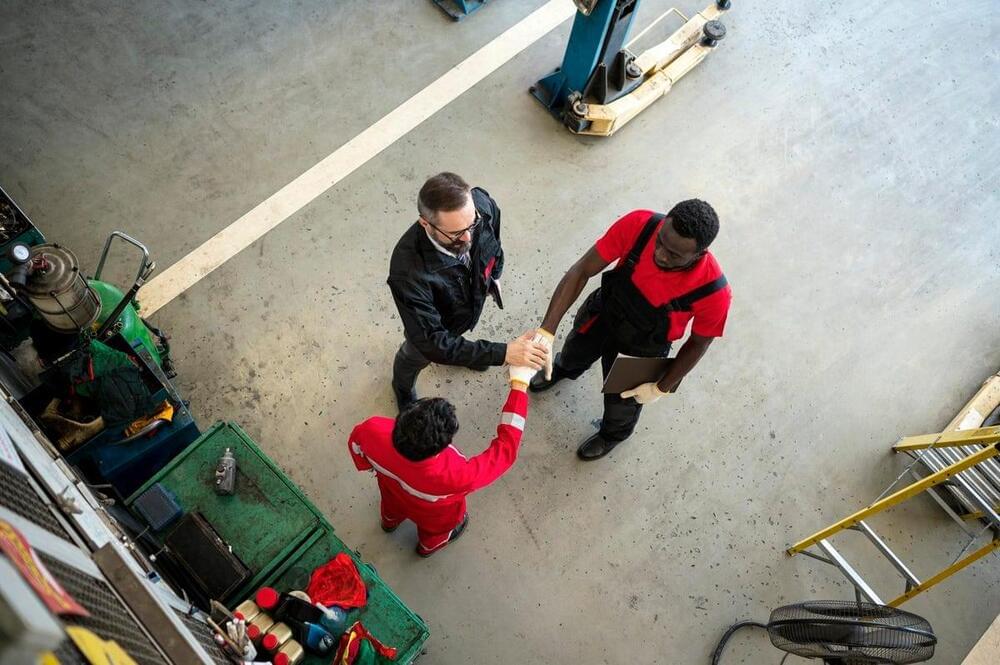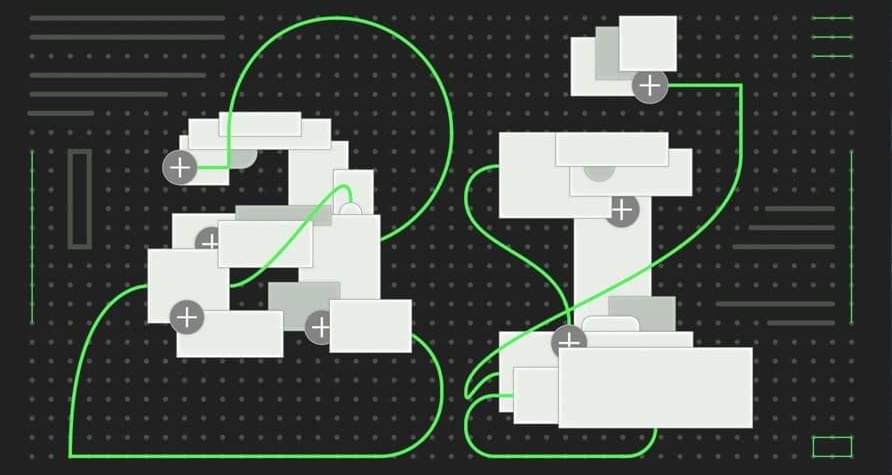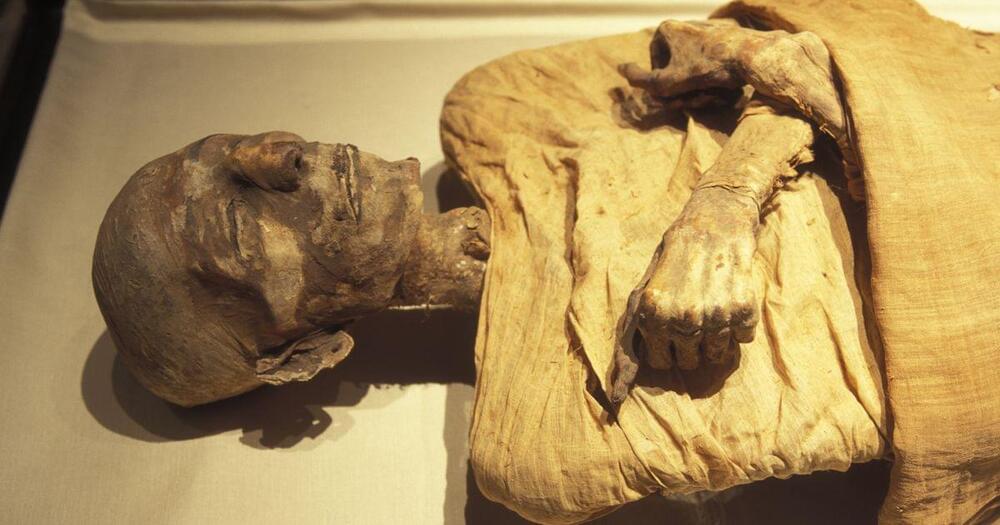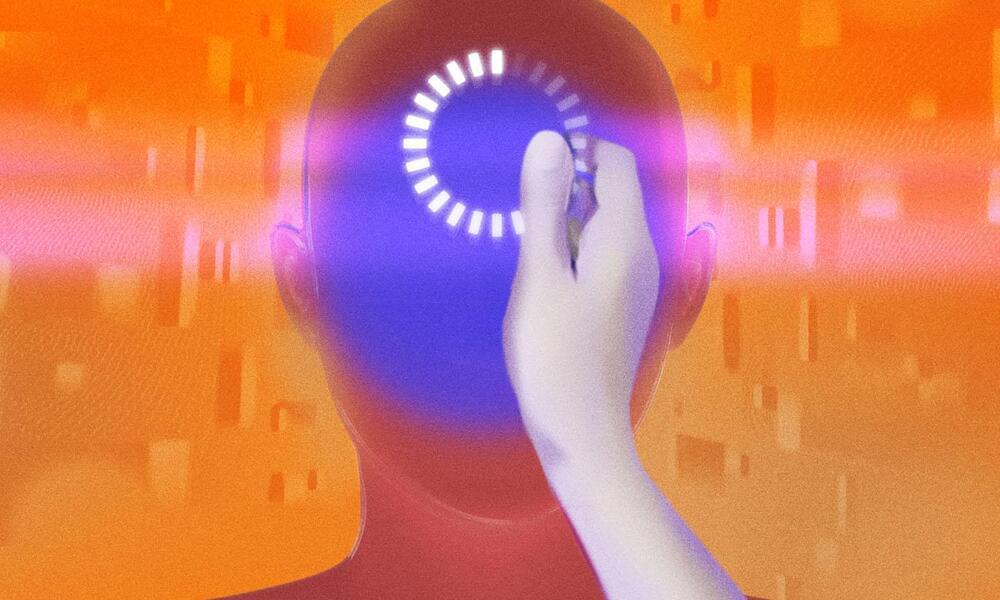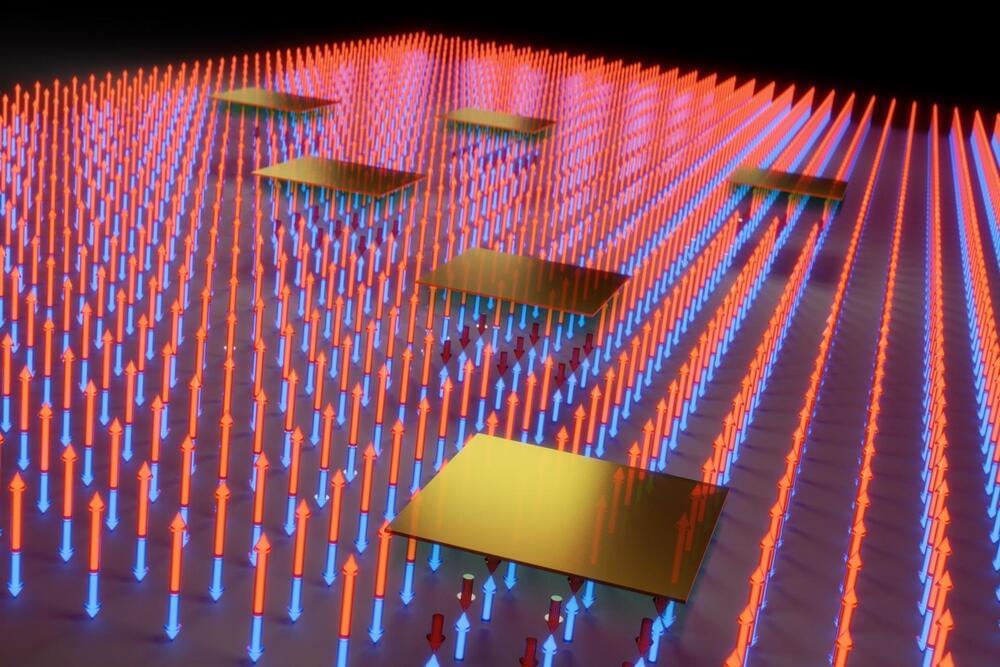“The Foundation has created a unique and transparent mechanism for boosting early longevity research worldwide and ensuring mass public participation in decision making,” said Alex Zhavoronkov, Visionary Board member and an expert in AI-powered drug discovery. “This approach finally allows us to speak about getting closer to the idea of mass adoption of longevity ideas and treatments.”
“Age is the greatest risk factor for nearly every major cause of death and disability in developed nations. Therapeutically targeting biological aging is key to fulfilling the promise of 21st century medicine, and the Foundation is poised to play a central role in making this a reality,” said Matt Kaeberlein, CEO of the American Aging Association and Professor at the University of Washington, where he leads several major initiatives.
“In five years, healthy longevity will not only exist as a lab-proven concept, but will become part of everyone’s life,” said Andrea Maier, Visionary Board member and co-director of the Centre for Healthy Longevity at the National University of Singapore.


